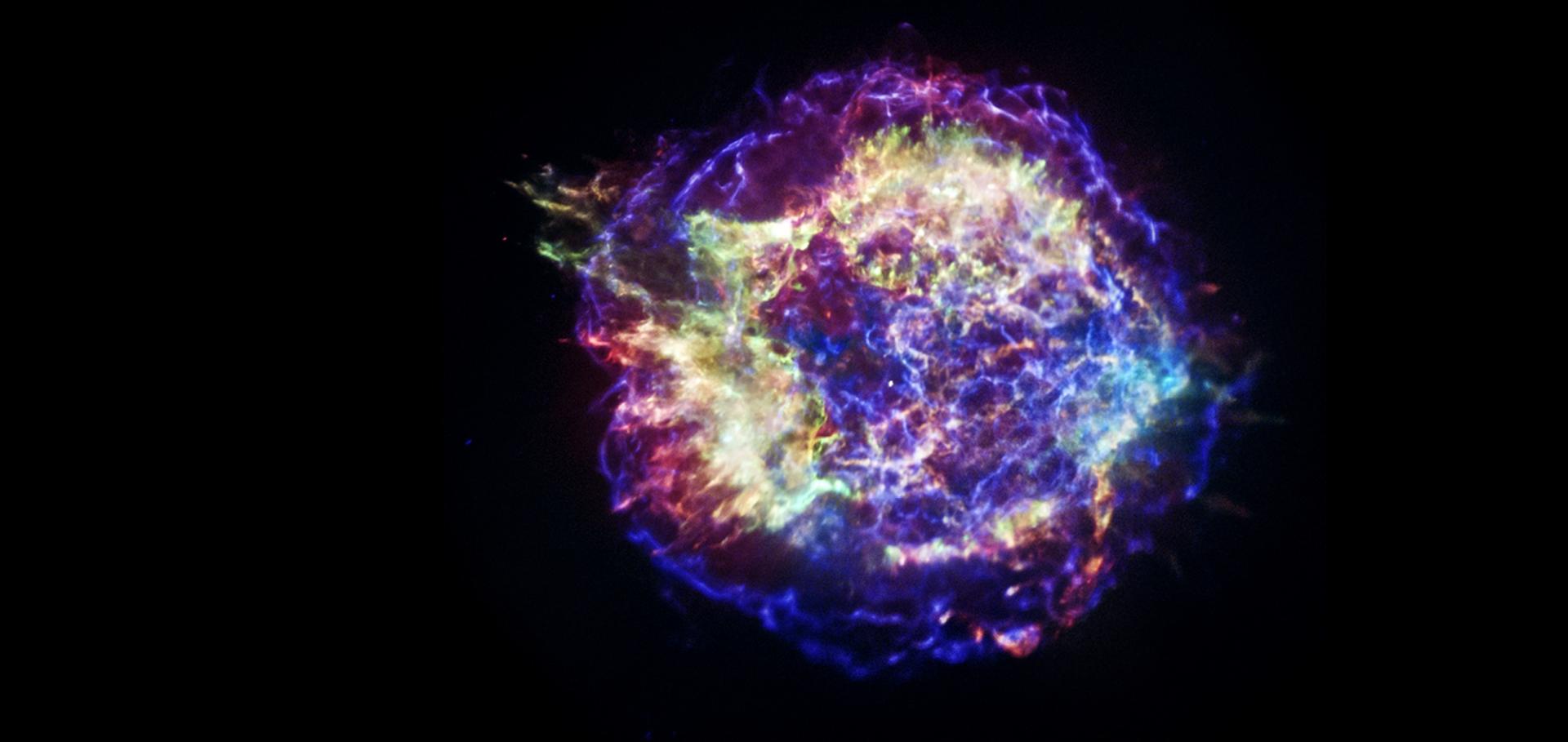The Thousand-Pulsar-Array programme on MeerKAT – VIII. The subpulse modulation of 1198 pulsars
Monthly Notices of the Royal Astronomical Society Oxford University Press 520:3 (2023) 4562-4581
Abstract:
We report on the subpulse modulation properties of 1198 pulsars using the Thousand-Pulsar-Array programme on MeerKAT. About 35 per cent of the analysed pulsars exhibit drifting subpulses that are more pronounced towards the death line, consistent with previous studies. We estimate that this common phenomenon is detectable in 60 per cent of the overall pulsar population if high-quality data were available for all. This large study reveals the evolution of drifting subpulses across the pulsar population in unprecedented detail. In particular, we find that the modulation period P3 follows a V-shaped evolution with respect to the characteristic age τc, such that the smallest P3 values, corresponding to the Nyquist period P3 ≃ 2, are found at τc ≃ 107.5 yr. The V-shaped evolution can be interpreted and reproduced if young pulsars possess aliased fast intrinsic P3, which monotonically increase, ultimately achieving a slow unaliased P3. Enhancement of irregularities in intrinsic subpulse modulation by aliasing in small-τc pulsars would explain their observed less well defined P3’s and weaker spectral features. Modelling these results as rotating subbeams, their circulation must slow down as the pulsar evolves. This is the opposite to that expected if circulation is driven by E × B drift. This can be resolved if the observed P3 periodicity is due to a beat between an E × B system and the pulsar period. As a by-product, we identified the correct periods and spin-down rates for 12 pulsars, for which harmonically related values were reported in the literature.The Thousand-Pulsar-Array program on MeerKAT -- IX. The time-averaged properties of the observed pulsar population
(2022)
The Thousand Pulsar Array programme on MeerKAT – X. Scintillation arcs of 107 pulsars
Monthly Notices of the Royal Astronomical Society Oxford University Press 518:1 (2022) 1086-1097
Abstract:
We present the detection of 107 pulsars with interstellar scintillation arcs at 856–1712 MHz, observed with the MeerKAT Thousand Pulsar Array Programme. Scintillation arcs appear to be ubiquitous in clean, high S/N observations, their detection mainly limited by short observing durations and coarse frequency channel resolution. This led the survey to be sensitive to nearby, lightly scattered pulsars with high effective velocity – from a large proper motion, a screen nearby the pulsar, or a screen near the Earth. We measure the arc curvatures in all of our sources, which can be used to give an estimate of screen distances in pulsars with known proper motion, or an estimate of the proper motion. The short scintillation time-scale in J1731−4744 implies a scattering screen within 12 pc of the source, strongly suggesting the association between this pulsar and the supernova remnant RCW 114. We measure multiple parabolic arcs of five pulsars, all of which are weakly scintillating with high proper motion. Additionally, several sources show hints of inverted arclets suggesting scattering from anisotropic screens. Building on this work, further targeted MeerKAT observations of many of these pulsars will improve understanding of our local scattering environment and the origins of scintillation; annual scintillation curves would lead to robust screen distance measurements, and the evolution of arclets in time and frequency can constrain models of scintillation.A Quarter Century of Guitar Nebula/Filament Evolution
The Astrophysical Journal American Astronomical Society 939:2 (2022) 70
The Cooling of the Central Compact Object in Cas A from 2006 to 2020
The Astrophysical Journal American Astronomical Society 932:2 (2022) 83


